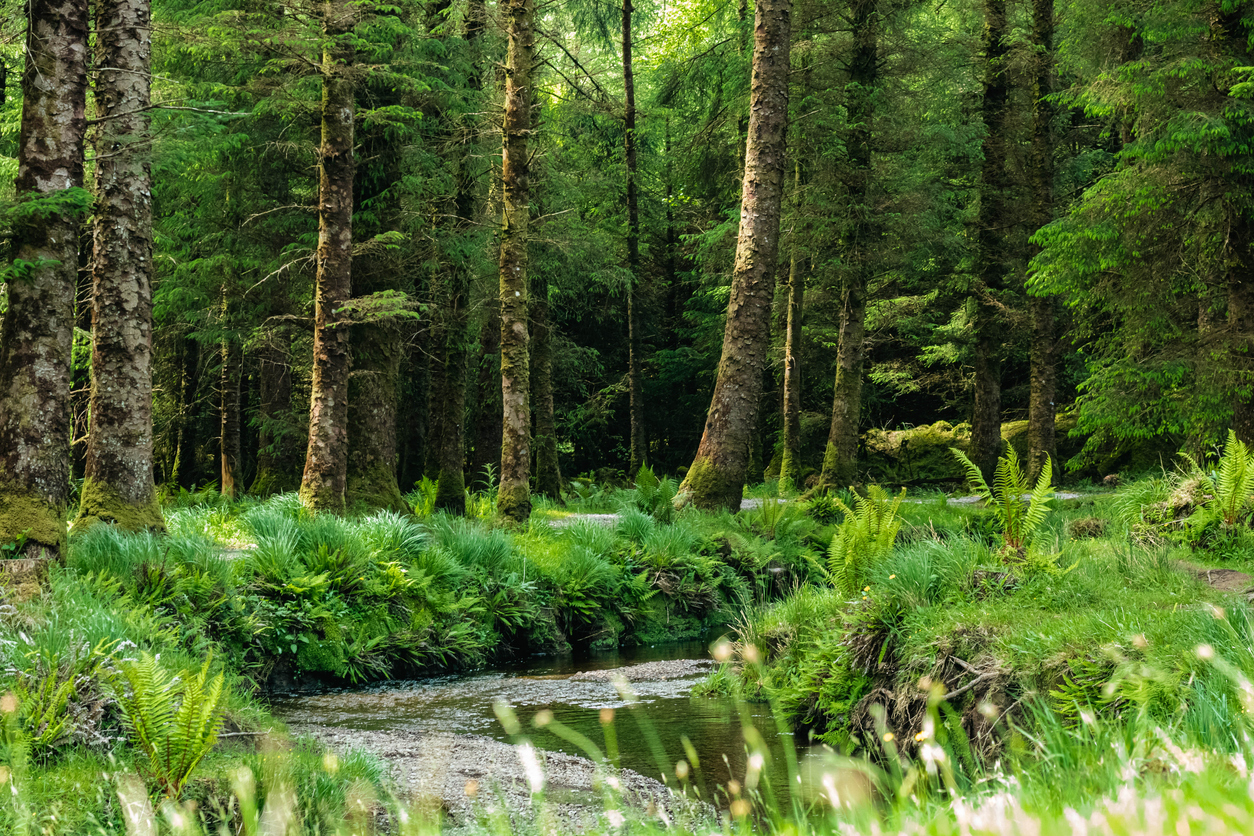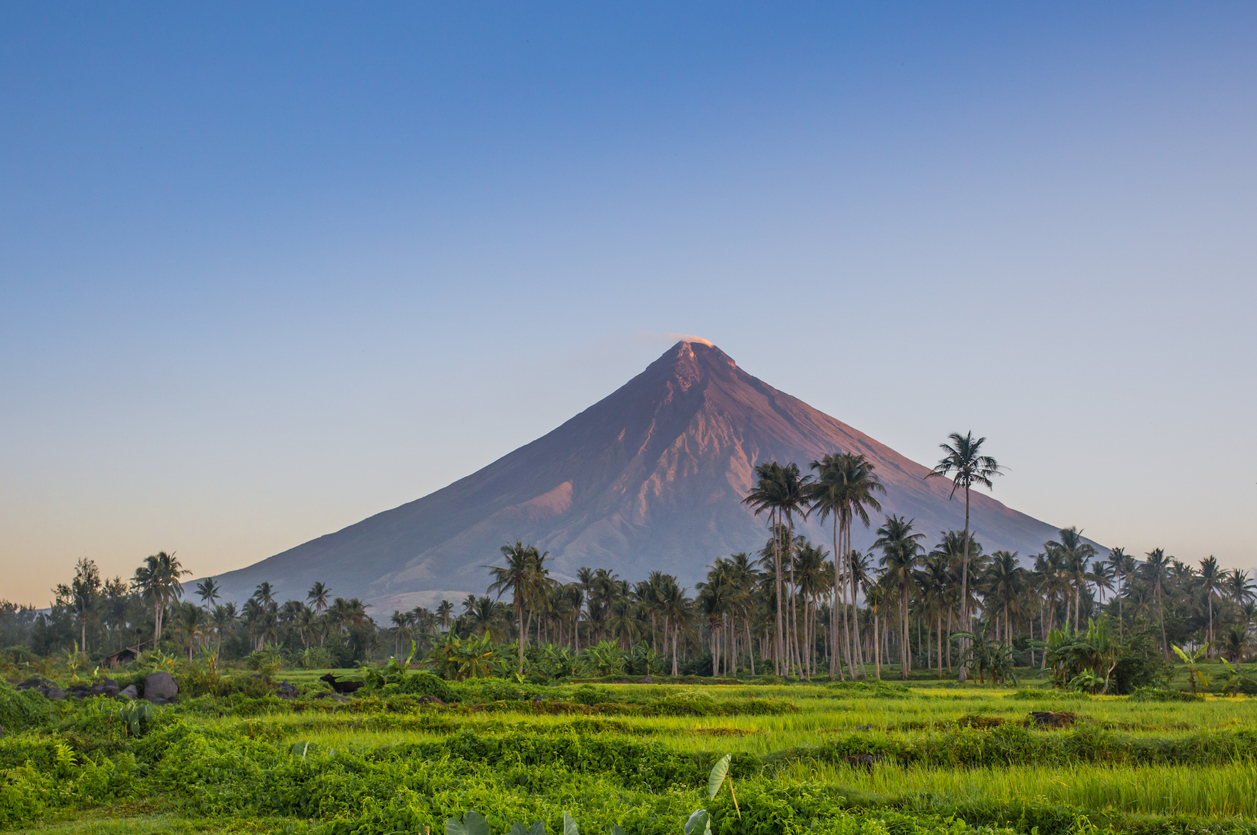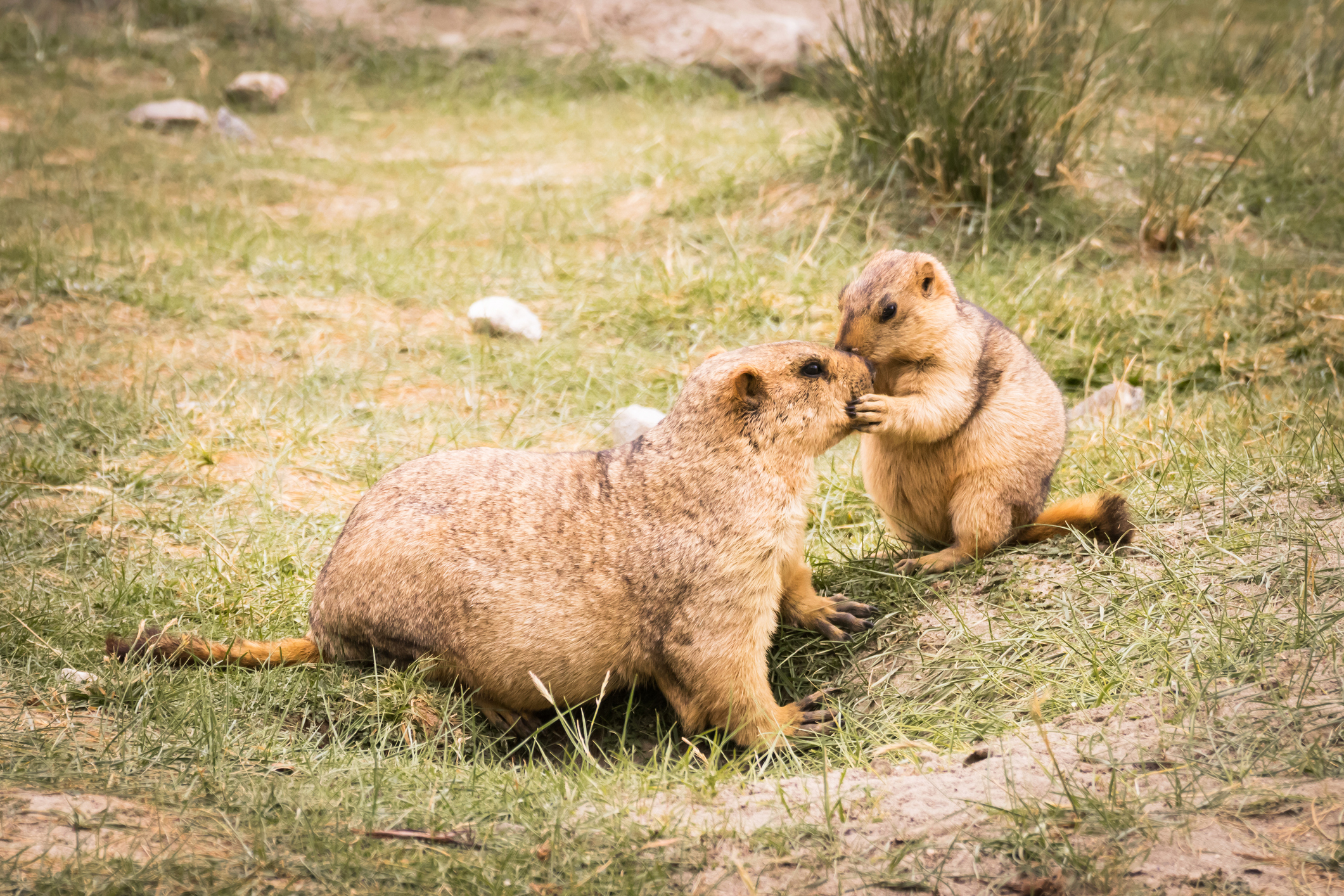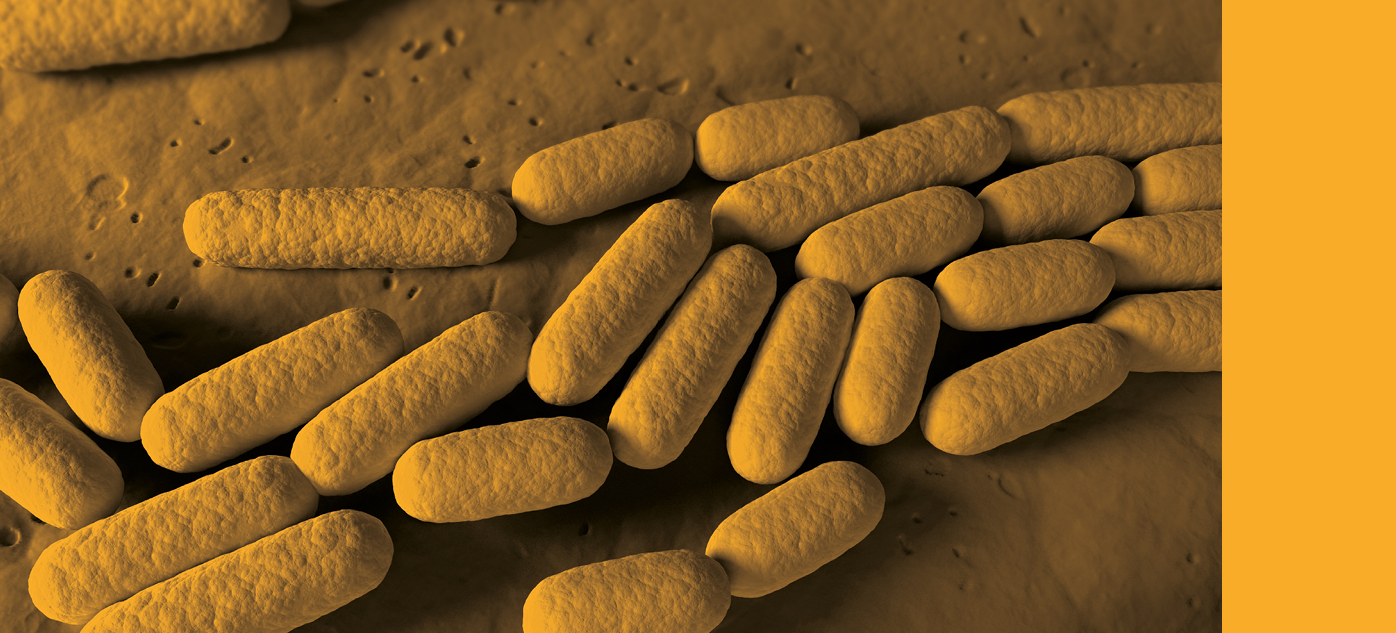New to Science: The latest species discovered around the world
Posted on October 10, 2025 by Microbiology Society
Each month, the Microbiology Society publishes the International Journal of Systematic and Evolutionary Microbiology, which details newly discovered species of bacteria, fungi and protists. Here are some of the new species that have been discovered and the places they've been found.
This month, we'll celebrate the new academic year by starting off with a disccovery in an undergraduate class. Since 2017, the Wild Yeast Project has taken the young scientists at University College Dublin to collect soil samples from a local forest as part of their research project. The project has yielded some new species discoveries and sequenced the genomes of over 10 species for the first time. And now back again with two more! The new species of yeast have been proposed the names Cyberlindnera hibernica and Barnettozyma discipulorum. Both these genera are of industrial interest as they can metabolise xylose from lignocellulose biomass, useful in the production of the sugar substitute xylitol. One of the new species names proposed is derived from the Celtic name for 'Ireland' - do you know what it is?
That’s right, Hibernia was the ancient native word for the island, dating back to the 1st century BC!

Credit: iStock/Olha Kachur
A bit further afield, scientists have uncovered a whole host of novel bacterial species (twelve to be specific) on the Tibetan Plateau. The team from the Chinese Academy of Science and China Agricultural University collected samples from glacial ice and dust samples 20cm under the surface. Living in such extreme conditions must be hard, right? Not for these lot, as they exhibit broad adaptability across pH (4-11), salt tolerance (0-3%) and temperature (0-37°C). They can also form biofilms and metabolise a diverse range of carbon sources. All belonging to the Sphingomonadaceae family, studying such microbes in these environments give us a valuable view into the inner workings of the glacial ecosystem.
This next one lives in an environment of the opposite extreme: the very active Mount Mayon volcano. Located on Luzon island in the Philippines, the researchers isolated a strain from the volcanic soil that was revealed to belong to the Streptomyces genus. Members of this group are widely known for its prolific production of bioactive compounds, like many of the world's antibiotics, antifungal, and antiparasitic drugs. The new aerobic, Gram-positive actinobacteria was proposed the name Streptomyces mayonensis, after its home.

Next up, another bacteria with useful abilities, a new genus and two bacterial species capable of biodegradation were described this month. Isolated from immersed plastic films off the coasts of Japan, Aurantivibrio plasticivorans and Aurantivibrio infirmus joins a family of bacteria capable of degrading the plastic polybutylene succinate adipate (PBSA), an emerging eco-friendlier alternative to traditional plastics. The Aurantivibrio genus is defined as aerobic, Gram-negative and rod-shaped bacteria.
Last but not least, a frequent feature on New to Science, the adorable Himalayan marmot, has been the source of two more discoveries. The large rodents are endemic to the Himalayan and Tibetan Plateau and are a major reservoir of emerging pathogens. The same group of researchers have previously isolated novel bacterial species from its intestines. In their latest paper, Tuanshanicoccus yangjingiae and Tuanshanicoccus lijuaniae were found in their trachea. Keeping with the team's tradition, the two species names are dedicated to notable scientists at the Chinese CDC for their contributions. What a tribute!


